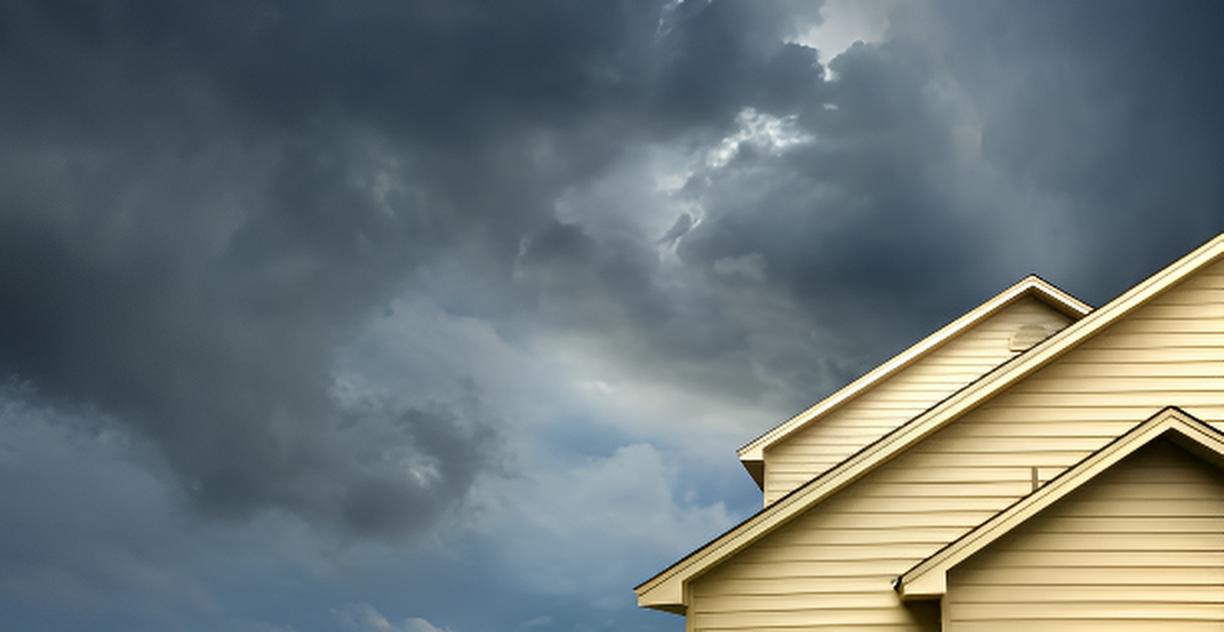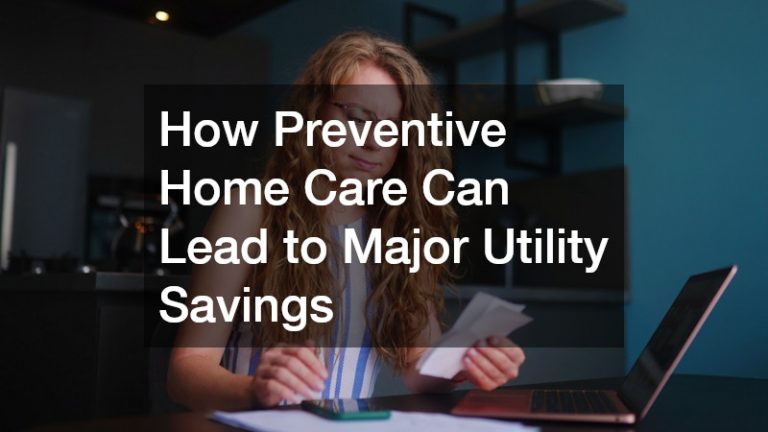

- Structural upgrades are essential for protecting your home from hurricane damage, focusing on roofs, walls, windows, and doors.
- Regular roof inspections and reinforcements can prevent catastrophic damage and reduce the risk of leaks during storms.
- Windows and doors are vulnerable points; properly securing and reinforcing them minimizes wind and water intrusion.
- Siding and exterior maintenance play a crucial role in shielding your home from debris and harsh weather.
- Proper water management and drainage systems help prevent flooding and interior water damage.
- Garages, outbuildings, and landscaping should be assessed and reinforced to reduce potential hazards.
- Professional assessments and phased upgrades can identify hidden vulnerabilities and optimize your budget for hurricane preparedness.
Hurricanes can strike quickly, leaving behind damage that can be costly and stressful. While no home is completely hurricane-proof, there are steps you can take to protect your property and your loved ones. From reinforcing your roof to upgrading windows and siding, structural upgrades are your first line of defense against severe weather. In this guide, we’ll walk through essential upgrades and practical tips for hurricane-proofing your home.
Why Should You Focus on Structural Upgrades First?
When it comes to hurricanes, the most vulnerable parts of your home are the ones that keep you and your belongings safe: the roof, walls, windows, and doors. Structural upgrades are not just about adding strength—they’re about reducing the risk of water damage, wind damage, and costly repairs.
Upgrading your home’s structure helps:
- Prevent catastrophic roof and wall failures
- Keep water out during heavy rains and storm surges
- Increase the home’s overall resilience to extreme winds
Even if you already have a strong foundation, reinforcing key areas can make a huge difference in minimizing storm-related damage.
How Can Your Roof Withstand Strong Winds?

Your roof is arguably the most important part of hurricane preparedness. It’s the first line of defense against strong winds, flying debris, and torrential rain. Unfortunately, it also takes the hardest hit during a storm. Weak or damaged roofs are a leading cause of water infiltration, structural damage, and interior destruction during hurricanes.
Even a seemingly minor issue, like a loose shingle or an aging flashing, can become a significant problem when hurricane-force winds strike. That’s why proactive inspection and reinforcement are critical.
Signs Your Roof Might Be Vulnerable
Being able to spot vulnerabilities before a storm hits can save thousands in repair costs. Watch out for:
- Missing or cracked shingles: Gaps in shingles allow wind and water to penetrate your roof deck.
- Sagging areas or uneven surfaces: Indicate structural weaknesses that can worsen under storm stress.
- Rusted or damaged flashing: Flashing seals joints and prevents leaks; corrosion can lead to water intrusion.
- Leaks during heavy rain: Even small leaks can quickly cause interior damage and mold growth.
Strengthening Your Roof
Strengthening your roof doesn’t always mean a full replacement—it can involve strategic upgrades and repairs. Consider these steps:
- Inspect and repair shingles: Ensure they are tightly secured and free of cracks. Replace old or loose shingles with impact-resistant options.
- Upgrade roof attachments: Install hurricane straps or clips to better secure your roof to the frame. This reduces the risk of roof lift during high winds.
- Maintain gutters and downspouts: Clogged gutters can trap water, leading to structural issues. Keeping them clean ensures proper drainage.
Seasonal weather impacts your roof, so keeping up with routine inspections and maintenance is crucial before hurricane season. Small issues now—like a few loose shingles—can escalate into major problems when a storm hits. Consider having a professional roofer check your roof at least once a year to catch vulnerabilities early.
What Makes Roof Shingles So Important?
Roof shingles might seem like just a cosmetic feature, but they are a key element in hurricane protection. Shingles help shield your home from wind uplift and prevent water from seeping into your roof deck. In many cases, high-quality shingles are what stand between minor repairs and a major reconstruction project after a hurricane.
Key Shingle Tips
- Choose impact-resistant shingles rated for high winds: These shingles are specifically designed to withstand hurricane-force gusts.
- Replace old or damaged shingles promptly: Even a single missing or cracked shingle can compromise your roof’s integrity.
- Ensure proper installation: Poorly installed shingles can create gaps or weak spots, reducing overall protection.
The importance of roof shingles cannot be overstated. Combined with a well-maintained roof deck, they provide a resilient barrier that can save your home from both wind and water damage.
How Do Windows and Doors Affect Hurricane Safety?

Windows and doors are often the most vulnerable parts of your home’s exterior during high winds. Once breached, they allow wind and water inside, increasing the risk of structural damage, water-related problems, and interior destruction. Securing these entry points is as critical as reinforcing your roof.
Options for Protection
- Storm shutters: These can be installed quickly and provide a durable shield against flying debris.
- Impact-resistant windows: These windows offer strong protection without requiring removable shutters, and they often reduce noise and energy costs as well.
- Reinforced doors: Solid-core doors with sturdy frames help prevent wind damage and improve home security during storms.
Tips for Maintenance
- Check seals and caulking around windows and doors to prevent water intrusion.
- Replace worn or deteriorated weatherstripping to maintain airtight protection.
- Consider secondary locking mechanisms for added structural reinforcement.
Properly securing your windows and doors can significantly reduce the risk of catastrophic damage during hurricane conditions.
Why Siding Is More Than Just Curb Appeal
Siding isn’t just about aesthetics—it’s a protective layer that shields your home from wind, rain, and flying debris. During hurricanes, siding can peel, crack, or even be blown off entirely if it’s not installed or maintained properly.
When upgrading your home, hire a reputable siding contractor who can ensure proper installation and select materials designed for impact resistance. Professional installation reduces the likelihood of gaps or weak points that compromise your home during a storm. Durable siding not only adds curb appeal but also protects your home from serious damage.
How Can You Protect Against Water Damage?
Water damage is one of the most common and expensive consequences of hurricane storms. It can affect walls, flooring, and personal belongings, and if left unchecked, it may lead to mold growth and long-term structural problems. Understanding the potential sources of water intrusion and taking preventive measures is essential for hurricane preparedness.
Common Sources of Water Problems
During hurricanes, there are several key areas where water can enter your home. Roof leaks from damaged shingles or flashing, poorly sealed windows and doors, and cracked or missing siding are among the most frequent issues. Knowing the causes of water damage helps homeowners address vulnerabilities before a storm strikes. Flooding from poor drainage or storm surge can also contribute significantly to water infiltration, especially in low-lying areas.
Preventive Measures
- Regular inspections: Routinely check your roof, siding, and window seals for signs of wear or damage. Early detection can prevent major problems.
- Proper grading and drainage: Ensure water flows away from your home’s foundation to reduce basement or crawlspace flooding.
- Install sump pumps: In low-lying areas, a sump pump can quickly remove water and prevent structural damage.
- Seal vulnerable areas: Apply waterproof sealants around doors, windows, and joints to keep water from penetrating.
By understanding the causes of water damage and addressing these areas proactively, you can greatly reduce the risk of water infiltration during a hurricane. Maintaining these systems is a key step in keeping your home safe, dry, and structurally sound.
Should You Reinforce Your Garage and Outbuildings?
Garages and outbuildings are often overlooked but can be severely affected by high winds. Detached garages can become flying hazards if not properly secured, while attached garages can compromise your home’s safety if the door fails.
Reinforcement Tips
- Install wind-rated garage doors designed to withstand hurricane-force winds.
- Secure storage sheds and outdoor structures to the ground to prevent them from becoming projectiles.
- Reinforce garage door tracks and frames to prevent collapse.
- Consider automatic storm doors or secondary locks for added safety.
Reinforcing these structures is often easier and more cost-effective than repairing major storm damage later.
How Does Landscaping Affect Hurricane Safety?
While trees and shrubs enhance the appearance of your property, they can also pose a threat during hurricanes if not maintained properly. Falling branches or uprooted trees can damage your roof, siding, and windows.
Landscaping Strategies
- Trim trees away from the house and power lines regularly.
- Remove weak or dead trees that could fall during a storm.
- Avoid planting large trees too close to your home.
- Use wind-resistant plants and shrubs to reduce the risk of debris damage.
Proper landscaping not only protects your home but also minimizes debris that can become dangerous during a hurricane.
Are Gutters and Drainage Systems Really Important?
Water management is often underestimated in hurricane preparation. Gutters, downspouts, and proper drainage prevent water from pooling near your foundation and reduce the risk of basement flooding.
Maintenance Tips
- Clear debris from gutters and downspouts before hurricane season.
- Check for leaks or cracks that could redirect water toward the house.
- Ensure downspouts extend away from the foundation to prevent flooding.
- Consider installing rain diverters or splash blocks to manage heavy rainfall.
Even simple maintenance can prevent serious water damage and structural problems during storms.
What About Professional Assessments?
While DIY upgrades are helpful, professional inspections can identify hidden vulnerabilities in your home. Structural engineers or experienced contractors can provide tailored recommendations for hurricane-proofing your specific property.
Professional Evaluation Focus Areas
- Roof attachment and condition
- Structural reinforcements for walls and doors
- Window and door vulnerability
- Siding and exterior protection
Combining professional advice with personal upgrades ensures you’re covering all critical areas.
How Can You Budget for Hurricane-Proofing?
Hurricane-proofing doesn’t have to break the bank. By prioritizing the most vulnerable areas first, you can make effective upgrades over time.
Cost-Saving Strategies
- Focus on roof and window upgrades first
- Combine maintenance with upgrades to save labor costs
- Look for materials that are durable but affordable
- Check for insurance or government incentives for storm-resistant improvements
A phased approach allows homeowners to protect their property without overwhelming costs.
What Are Some Common Mistakes to Avoid?
Even well-intentioned homeowners can make mistakes when preparing for hurricanes. Avoid these pitfalls:
- Skipping professional advice when needed
- Using low-quality materials to save money
- Neglecting routine inspections and maintenance
- Overlooking secondary structures like garages and sheds
Addressing these mistakes before hurricane season can save time, money, and stress later.
Closing Thoughts
Hurricane-proofing your home is a critical step in protecting your property and family. By focusing on essential structural upgrades—reinforcing your roof, windows, doors, siding, and landscaping—you can dramatically reduce the impact of storms. Regular maintenance, combined with professional advice, ensures your home is ready for whatever hurricane season brings. Taking these steps now provides peace of mind and prevents costly repairs down the line.


